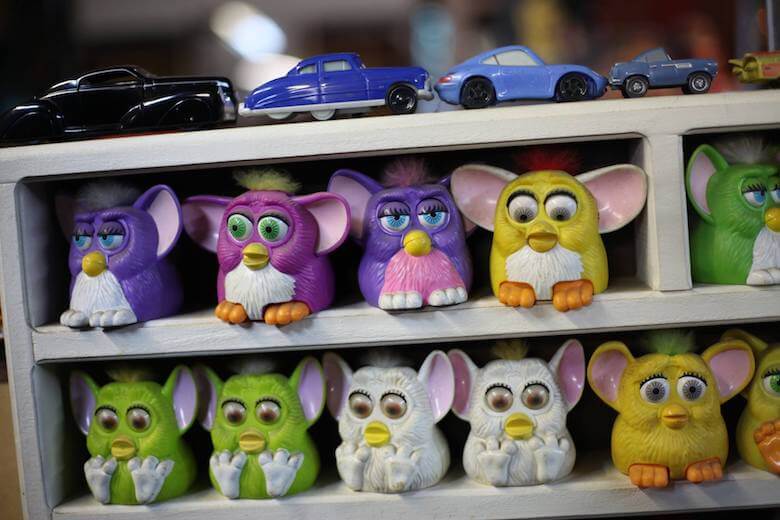
Historically, New York City has been garbage at dealing with garbage. Sewage was dumped directly in the Hudson and East Rivers, islands of trash literally formed new land, and Fresh Kills—the Staten Island landfill that received the city’s household waste for over half a century—grew to become one of the largest structures ever built by humans.
Out of sheer necessity, the city gradually implemented a series of reforms to save us from our trash. Until April 29, the city’s centuries-in-the making cleanup act is the subject of an exhibition at the City Reliquary. The topic is a natural fit for the quirky Williamsburg museum, according to president and curator Bill Scanga. “The City Reliquary itself is based on trash,” he says. “A lot of our permanent collection came from dumpsters.”
“Powerful, putrid, pungent, penetrating, poisonous, prodigious”

Scanga was originally inspired by Robin Nagle, author of Picking Up, who—along with other experts—helped him design the exhibition. They present the city’s relationship with garbage in a series of insightful, sometimes outlandish and oftentimes nose-wrinkling tales. Seventeenth-century streets, for example, are described as being covered in an ever-present sludge of household waste, dead animals, tannery effluent, feces and rotting food. Likewise, an 1899 quote describes the air at Barren Island—then home to the city’s horse-rendering and garbage-boiling industry—as “powerful, putrid, pungent, penetrating, poisonous, prodigious.”
New Yorkers are, thankfully, no longer in danger of drowning in garbage. Instead, urban visionaries have begun transforming stinky past policies into sustainable best practices. Following in City Harvest’s steps, a growing number of new nonprofits like Rescuing Leftover Cuisine and reThink Food deliver surplus leftovers to hungry New Yorkers. Still others upcycle would-be waste into new products. RISE, for example, transforms local breweries’ spent grains into flour. And though still being rolled out on a voluntary basis, the city’s curbside organics pickup program is already the largest in the country.
An invisible industry

In an effort to inspire even more sanitation-savvy start-ups, last year over 100 product designers, engineers, waste experts and environmental lawyers participated in a trash hackathon, a three-day competition to design solutions for New York City trash. One winning team, the Milkmen, designed a food to-go container waste reduction pilot program. The idea is simple: reusable takeout boxes, cups and bags would be centrally washed and redelivered to restaurants and food trucks participating in the program. If implemented in a single office building on West 26th, the creators calculated that they’d save 500,000 clamshell containers, 500,000 coffee cups and 15,000 plastic bags per year. Other competitors imagined similar solutions for packing materials used by meal delivery services like Blue Apron and HelloFresh.
By 2030, if all goes according to plan, such innovators will have transformed New York into zero-waste city. Scanga hopes such stories, past and present, will help New Yorkers better appreciate what he calls the “rich” but often overlooked role that garbage plays in our lives. “You put your trash out and it’s supposed to magically disappear,” he says. “It’s an invisible industry that we’re trying to shine light on in the show.”
Featured Furby photo from Treasure in the Trash by Anna O. Grant.



